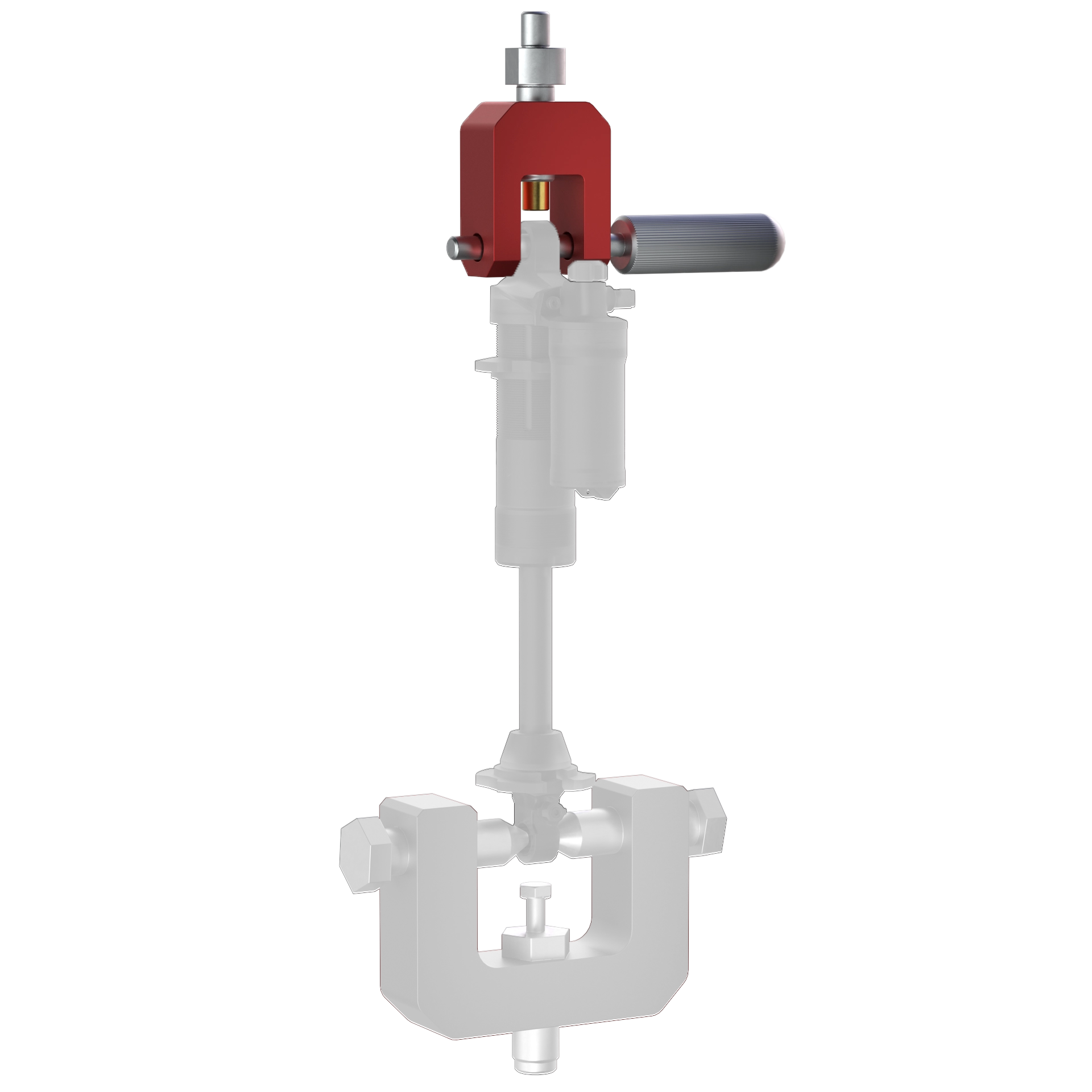Shock dyno adapters for AUTO dampers
These shock dyno adapters designed for automotive shock absorbers are meticulously engineered in the distinctive LABA7 style, employing robust and reliable materials to ensure both longevity and precision in testing. Tailored for the specific needs of auto suspension systems, these adapters are instrumental in optimizing the testing process for both front and rear shock absorbers.
LABA7 shock dyno adapters for AUTO shock absorbers
Self-preload clevis
This adapter streamlines shock absorber testing. It enables quick and easy mounting/dismounting of dampers and ensures efficiency in testing.
Especially convenient when testing shocks with expansion tanks.
Can be mounted both at the top and bottom.
Price – 200 EUR
Auto adapter
Rod-end adapter with 6 possible threads.
Threads are individually made for each customer.
Price – 100 EUR
Why use shock dyno adapters for AUTO dampers?
Adapters play a critical role as connectors, establishing a standardized interface between the shock dyno and the intricate geometry of auto components. This standardized connection is essential for ensuring that testing conditions faithfully replicate real-world driving scenarios, fostering increased accuracy and repeatability in results. Precision in testing is particularly crucial for statistical analysis, as it allows for the generation of reliable data sets that can be statistically validated and analyzed.
The LABA7 shock dyno adapters for auto shock absorbers exemplify a commitment to precision testing, providing a solid foundation for achieving the highest level of accuracy in the evaluation of automotive suspension systems. This commitment is vital for statisticians and researchers who rely on robust and repeatable data for in-depth statistical analysis, ultimately contributing to advancements in automotive suspension technology.



